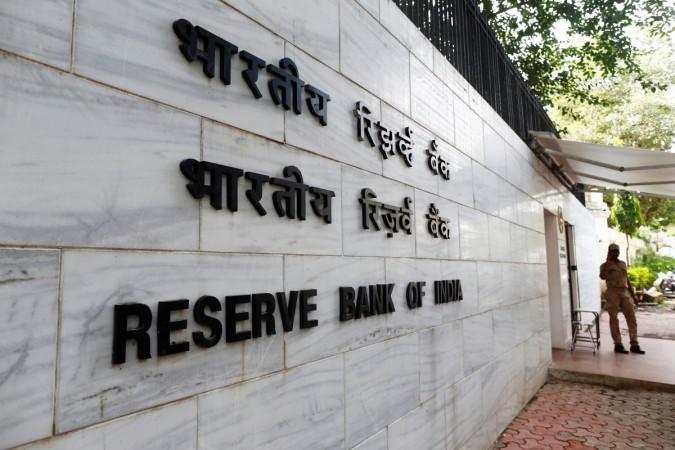
The RBI on Wednesday relaxed daily cash withdrawal limits from savings accounts to Rs 50,000 from Rs 24,000 currently, effective February 20. Simultaneously, the apex bank said after March 13, there would be no limit on cash withdrawal from savings accounts.
Meanwhile, the Monetary Policy Committee (MPC) on Wednesday left the policy repo rate under the liquidity adjustment facility (LAF) unchanged at 6.25 percent. The markets were expecting at least a 25 bps cut from the MPC. Reacting to the announcement, India's benchmark equity indices BSE Sensex plunged 140 points to 28,195, while NSE Nifty was down by 51 points to 8,717.
Consequently, the reverse repo rate under the LAF remains unchanged at 5.75 percent, and the marginal standing facility (MSF) rate and the Bank Rate at 6.75 percent.
RBI forced banks to grant loan to Kingfisher Airlines violating its own rules
The MPC said banks lending rates will be considerably improved if (i) the banking sector's nonperforming assets (NPAs) are resolved more quickly and efficiently; (ii) recapitalisation of the banking sector is hastened; and, (iii) the formula for adjustments in the interest rates on small savings schemes to changes in yields on government securities of corresponding maturity is fully implemented.
Growth outlook: The MPC projected GVA growth for 2016-17 at 6.9 percent but added that it expects a sharp recovery in 2017-18 to 7.4 percent on account of several factors.
First, consumer demand held back by demonetisation is expected to bounce back by March-April; second, economic activity in cash-intensive sectors such as retail trade, hotels and transportation, as well as in the unorganised sector, is expected rebound; third, sharp improvement in transmission of past policy rate reductions into marginal cost-based lending rates (MCLRs); fourth, rural Budget expenditure and affordable housing should contribute to growth.
Current account deficit: The current account deficit is likely to remain muted and below 1 percent of GDP in 2016-17.
The MPC highlighted that while the buoyancy in net foreign direct investment was sustained, there have been portfolio outflows beginning October last year on uncertainty relating to the direction of US macroeconomic policies and expectations of faster normalisation of US monetary policy in the year ahead.
Inflation: Headline CPI inflation in the January-March quarter (Q4) of 2016-17 is likely to be below 5 percent. In the first quarter (Q1) of 2017-18, favourable base effects and lagged effects of demand compression may mute headline inflation. However, thereafter, it is expected to pick up momentum, especially as growth picks up and the output gap narrows.
Accordingly, inflation is projected in the range of 4 percent to 4.5 percent in the first half of the financial year and in the range of 4.5 percent to 5 percent in the second half.
In response to the MPC decision, the rupee hit a low of 67.30 to the US dollar on Wednesday.
In September 2016, the government amended the Reserve Bank of India Act, 1934 (RBI Act) to form a six-member MPC for maintaining price stability, while keeping in mind the objective of growth. The MPC was also entrusted with the task of fixing the benchmark policy rate (repo rate) required to contain inflation within the specified target level.
Wednesday's policy review was Urjit Patel's second announcement as RBI governor. Previously, he had announced a 25 bps rate cut in October 2016. This was the central bank's sixth bi-monthly policy statement for the year 2016-17.
This is for the second time that decision-making on interest rates has shifted to the six-member panel, which has equal representation from the RBI and the government.
















